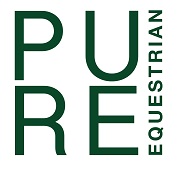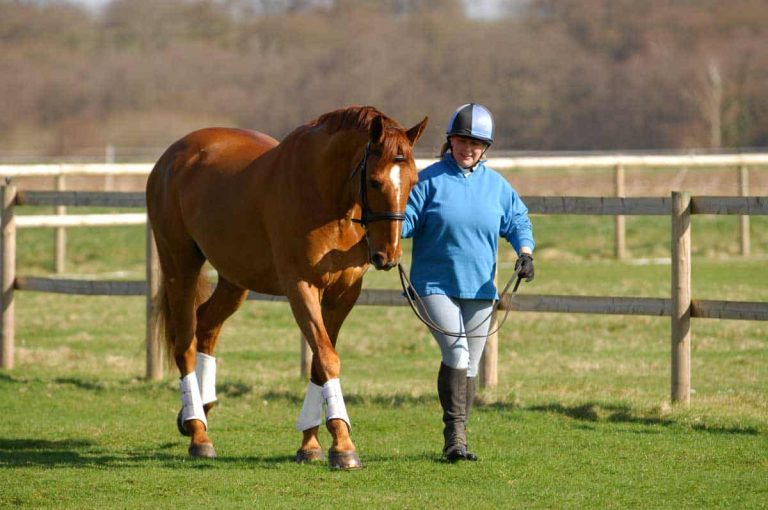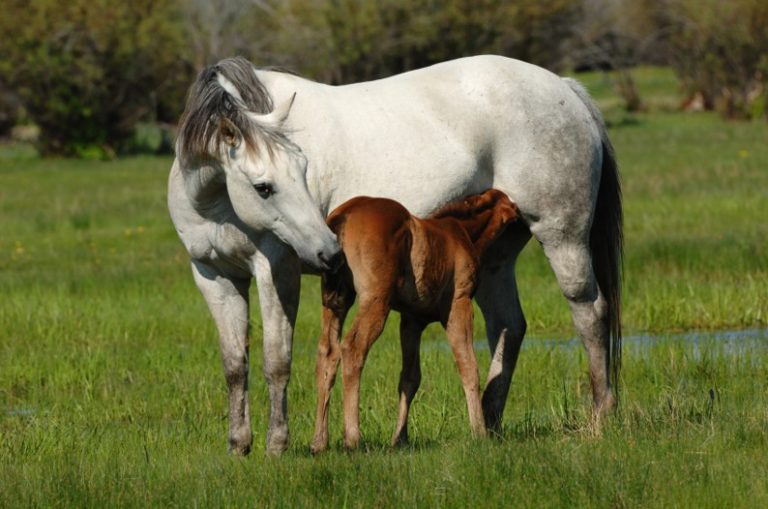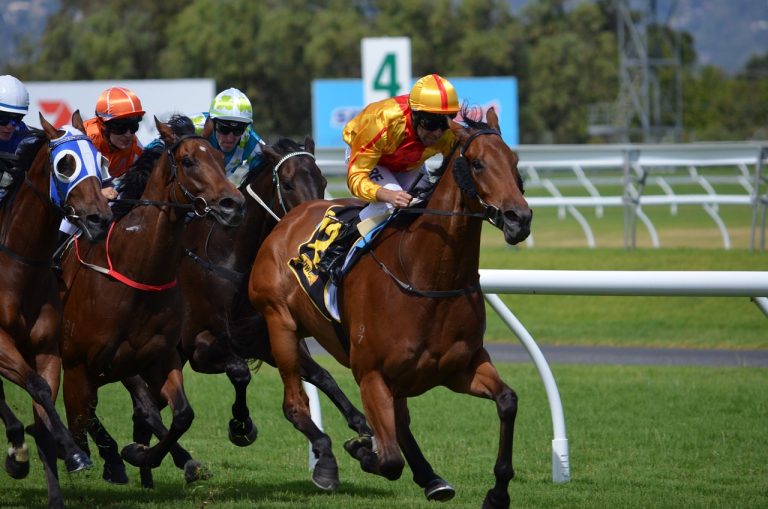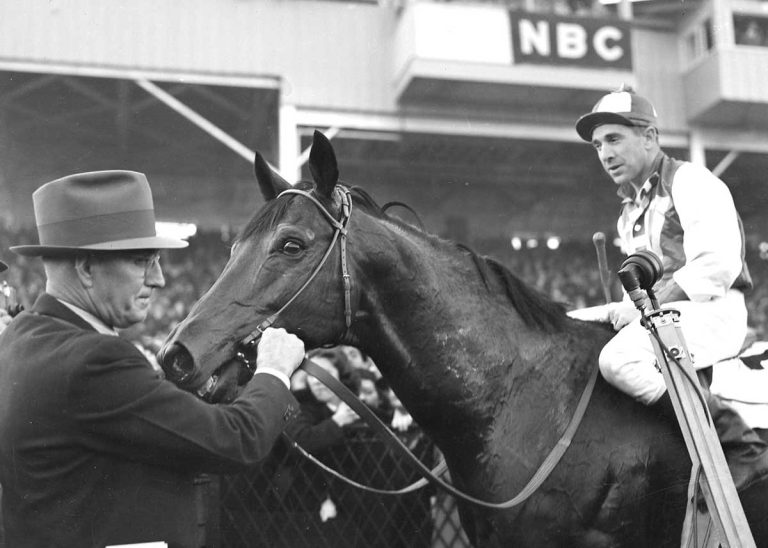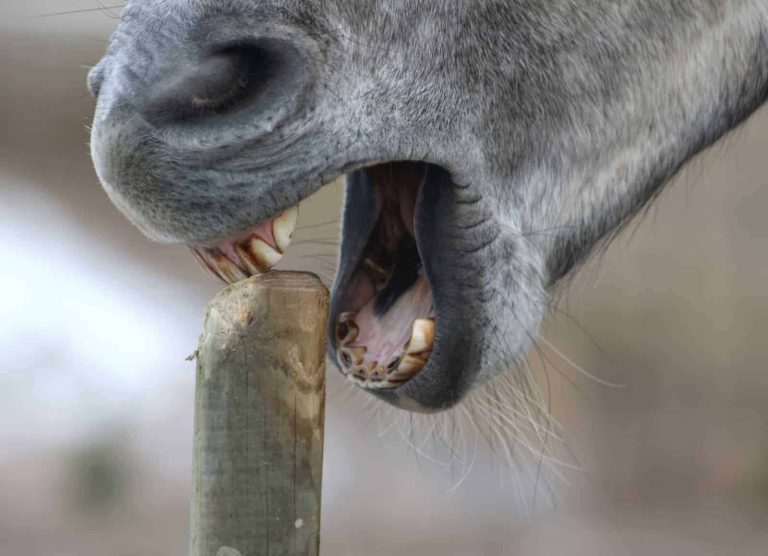After a thrilling showjumping competition, you may wonder how these magnificent horses are cared for. Showjumping horses undergo careful and specific post-competition care to ensure their well-being, both physically and mentally. From cooling down exercises to soothing massages, their dedicated caretakers go above and beyond to provide the utmost care and attention. Join us as we explore the world of post-showjumping horse care and discover the remarkable methods behind keeping these incredible athletes happy and healthy after a competition.
Table of Contents
ToggleCooling Down
Walk Sessions
After a tough competition, it is essential to provide your showjumping horse with a proper cool-down session. This involves taking them for a slow walk to gradually reduce their heart rate and allow their muscles to relax. Walking helps in removing lactic acid buildup in their muscles, preventing stiffness and soreness. It also promotes good circulation and aids in the recovery process. So, take your horse for a gentle walk around the arena or nearby trails, allowing them to take relaxed strides and unwind from the intense exercise.
Hosing Down
Another effective method of cooling down your horse is hosing them down with cool water. This helps to lower their body temperature and alleviate any potential inflammation. Start by using a hose with a gentle spray and gradually work your way over their entire body, paying extra attention to the large muscle groups. As you do this, remember to continuously move the hose to avoid any specific area becoming too cold. The cooling effect of the water will not only calm your horse but also stimulate blood flow and reduce the risk of overheating.
Using Cooling Products
In addition to the above methods, you can also consider using cooling products to assist in your horse’s recovery. There are various cooling gels, sprays, and liniments available in the market that can provide immediate relief and reduce inflammation. These products typically contain ingredients like menthol or witch hazel, which have a cooling effect on the skin. Apply them generously to the areas where your horse worked the hardest, such as their legs or back. Cooling products can be used as a complementary measure to help your showjumping horse quickly recover from the physical demands of the competition.
Hydration
Offering Water
Proper hydration is essential for your showjumping horse’s overall well-being and recovery. After a competition, it is important to offer them clean, fresh water to ensure they replenish the fluids lost through sweat and exertion. Make sure the water source is easily accessible, and ideally, use a clean bucket or automatic waterer. Some horses may prefer warmer water during colder months or colder water during hot weather. Observing your horse’s preferences and providing them with an adequate supply of water is crucial for their hydration and recovery process.
Electrolyte Supplements
In addition to water, your showjumping horse may benefit from electrolyte supplements after a competition. Electrolytes help replace the essential minerals lost through sweating and aid in maintaining proper fluid balance within the body. You can find electrolyte supplements in various forms, including powder, paste, or pellets. Choose a reputable brand that provides a balanced blend of electrolytes and follow the recommended dosage instructions. Administering electrolytes to your horse not only promotes hydration but also supports their overall health and performance.
Feeding
Providing Forage
Proper feeding plays a significant role in the recovery and overall well-being of your showjumping horse. After a competition, it is crucial to provide them with ample forage such as hay or grass. Forage not only meets their nutritional needs but also promotes proper digestion and helps prevent digestive disorders. Ensure that their forage is of good quality, free from mould or dust, and readily accessible. Splitting their forage into multiple small meals throughout the day can also help mimic their natural grazing behaviour and aid in their recovery process.
Balanced Diet
Along with forage, your showjumping horse requires a balanced diet that includes appropriate amounts of grains, protein, vitamins, and minerals. Consult with an equine nutritionist or veterinarian to develop a feeding plan tailored to your horse’s specific needs. They can assess your horse’s body condition, performance level, and any other factors that may influence their dietary requirements. A balanced diet not only supports their recovery but also ensures they receive essential nutrients for optimal muscle repair and development.
Specialised Supplements
Depending on your horse’s individual needs, you may consider incorporating specialised supplements into their post-competition feeding routine. Supplements such as joint support, digestive aids, or muscle enhancers can provide targeted support to address specific concerns or deficiencies. However, it is important to consult with a veterinarian or equine nutritionist before adding any new supplements to your horse’s diet. They can help determine the appropriate dosage and evaluate any potential interactions with other medications or feed ingredients. The right combination of supplements can contribute to your horse’s overall well-being and aid in their recovery process.
Rest and Recovery
Stabling
After a competition, providing your showjumping horse with a comfortable and well-maintained stable is crucial for their rest and recovery. Ensure their stall is clean, properly bedded, and well-ventilated. Allow them plenty of space to move around and lie down comfortably. If your horse prefers, you can use rest wraps or boots to provide additional support to their legs while in the stall. Remember to monitor their behaviour and overall well-being regularly to ensure they are recovering properly and showing no signs of discomfort or distress.
Turnout
Allowing your showjumping horse some time for turnout is highly beneficial for their mental and physical well-being post-competition. Turnout provides them with an opportunity to stretch their legs, socialise with other horses, and engage in natural behaviours. It also aids in their muscle recovery and prevents stiffness. However, it is important to assess their condition and any potential injuries before turnout. If necessary, limit their exercise or provide supervised turnout to prevent any further damage. Each horse’s turnout needs may vary, so consider their individual preferences and consult with your trainer or veterinarian for the appropriate schedule.
Massage and Stretching
To aid in your showjumping horse’s recovery and overall comfort, consider incorporating massage and stretching sessions into their post-competition routine. Massage therapy helps relieve muscle tension, increases blood flow, and promotes relaxation. You can perform gentle massages using your hands or seek assistance from a professional equine massage therapist. Additionally, incorporating stretching exercises can help improve your horse’s flexibility and range of motion. Consult with a qualified trainer or therapist to learn proper stretching techniques and ensure you are not putting unnecessary strain on their muscles or joints.
Leg Care
Proper leg care is crucial for your showjumping horse’s recovery and soundness. After a competition, ensure you inspect their legs thoroughly for any signs of swelling, heat, or tenderness. Gently palpate their tendons and ligaments to detect any abnormalities or injuries. If you notice any issues, consult with a veterinarian for proper diagnosis and treatment. Regularly applying a cooling clay or gel can help reduce inflammation and provide relief to tired muscles and joints. Additionally, using supportive leg wraps or boots during rest periods can aid in their recovery and protect their legs from potential injury.
Hoof Care
Checking for Damage
Proper hoof care is essential for your showjumping horse’s overall soundness and performance. After a competition, thoroughly inspect their hooves for any signs of damage or issues. Look for cracks, chips, or any foreign objects that may be lodged in their hooves. Additionally, pay attention to their shoeing and ensure it remains intact and properly fitted. Any abnormalities or concerns should be addressed promptly by a professional farrier or veterinarian specializing in hoof care. Regular hoof maintenance and close monitoring can help prevent further complications and keep your horse’s hooves in optimal condition.
Cleaning
Keeping your showjumping horse’s hooves clean is a crucial part of their everyday care, especially after a competition. Use a hoof pick to remove any dirt, rocks, or debris lodged in their hooves. Pay close attention to the hoof frog and check for any signs of thrush, a common bacterial infection. Clean hooves are not only important for the overall health of your horse’s feet but also aid in early detection of any issues that may arise. Regularly cleaning their hooves can prevent discomfort and ensure their hooves remain in excellent condition.
Shoeing
Proper shoeing is vital for your showjumping horse’s performance and protection. After a competition, evaluate their shoes and consult with a professional farrier to determine if any adjustments or replacement is needed. The farrier will assess your horse’s hoof balance, wear patterns, and any potential issues. They will trim and shape the hooves as necessary and ensure the shoes fit securely and comfortably. Adequate shoeing provides support, traction, and protection to your horse’s hooves, minimising the risk of injury and promoting their overall well-being.
Tacking Up
Saddle and Bridle Check
Before and after a competition, it is essential to thoroughly check your showjumping horse’s saddle and bridle. Inspect the saddle for any signs of wear, loose stitching, or damaged padding. Ensure the girth and billets are in good condition and secure. Similarly, check the bridle for any worn-out or stretched parts, such as the reins or noseband. Confirm that all buckles, snaps, and fastenings are working correctly. Properly fitting and well-maintained tack is essential for your horse’s comfort and safety.
Cleaning and Conditioning
Cleaning and conditioning your showjumping horse’s tack after a competition is an important part of their care routine. Start by removing any excess dirt or debris with a soft brush or damp cloth. Use a mild soap specifically designed for leather to clean the saddle, bridle, and other leather accessories. Apply a leather conditioner to keep the leather supple and prevent cracking. Regular cleaning and conditioning not only prolong the lifespan of your tack but also ensure its cleanliness, which is essential for your horse’s comfort.
Warm-up Exercises
Active Stretching
Proper warm-up exercises are crucial for your showjumping horse’s performance and injury prevention. Active stretching exercises can help loosen their muscles and increase their range of motion. Encourage your horse to stretch their neck, back, and legs by performing gentle movements such as bending, flexing, and reaching. Gradually increase the intensity and duration of these exercises, allowing your horse to warm up their muscles before engaging in more strenuous activity. Active stretching helps prepare their body for the physical demands of showjumping and reduces the risk of strains or injuries.
Walking and Trotting
After a competition, it is essential to allow your showjumping horse to gradually cool down their muscles by engaging in light exercises such as walking and trotting. This helps to regulate their heart rate, promote circulation, and prevent stiffness. Start with a few minutes of relaxed walking, allowing them to stretch their legs and mentally wind down. Gradually transition into trotting, gradually increasing the intensity before returning to a walk. Pay close attention to your horse’s movement and condition and adjust the duration and intensity of these exercises based on their individual needs.
Light Jumping
During the warm-up period after a competition, incorporating light jumping exercises can further engage your showjumping horse both mentally and physically. Start with a few simple jumps at a lower height, focusing on maintaining a steady rhythm and correct form. Gradually increase the height and complexity of the jumps as your horse warms up and regains their focus. These light jumping exercises help reinforce their training, refine their technique, and build their confidence. However, it is important to avoid excessive jumping or overworking your horse to prevent fatigue or injuries.
Grooming
Brushing
Regular grooming sessions are essential for your showjumping horse’s overall comfort, cleanliness, and well-being. Brushing their coat helps remove dirt, sweat, and debris while stimulating their skin and promoting blood circulation. Use a soft-bristled brush or grooming mitt to gently groom your horse’s body, following the direction of their hair growth. Pay extra attention to areas that are prone to sweat buildup, such as their neck, chest, and flanks. Regular brushing not only keeps your horse’s coat looking healthy and shiny but also allows you to spot any issues or injuries that require further attention.
Bathing
Occasional baths can be beneficial for your showjumping horse, especially after a competition. Bathing helps remove sweat, stains, and deep-seated dirt from their coat. Prior to bathing, ensure the water is at a comfortable temperature and use a gentle equine shampoo specifically formulated for their skin. Begin by wetting their entire body, avoiding sensitive areas such as their ears and eyes. Apply the shampoo and lather gently, paying extra attention to areas with sweat or stains. Rinse thoroughly, removing all traces of shampoo, and use a sweat scraper to remove excess water. Bathing your horse not only keeps them clean and fresh but also provides an opportunity for bond-building and relaxation.
Mane and Tail Care
Proper care of your showjumping horse’s mane and tail contributes to their overall appearance and comfort. Regularly combing and detangling their mane and tail helps prevent knots, breakage, and discomfort. Use a wide-toothed comb or brush specifically designed for equine hair to gently work through any tangles or knots. Apply a detangling spray or conditioner, if necessary, to make the process easier. During grooming sessions, inspect their mane and tail for any signs of dryness, split ends, or irritations. Trimming the ends of their mane and tail periodically can help ensure healthy growth and prevent any potential issues.
Travel and Transport
Safety Considerations
When it comes to traveling and transporting your showjumping horse, safety should always be the top priority. Ensure that your horse is comfortable and secure within the trailer or horsebox. Double-check that all doors, windows, and partitions are properly closed, latched, and secured. Use appropriate safety equipment, such as trailer ties or head collars, to prevent your horse from moving around excessively. It is also important to be aware of the legal requirements and regulations related to horse transportation within your region. Familiarise yourself with local laws and guidelines to ensure your horse’s safe and stress-free travel.
Proper Ventilation
Ample ventilation is crucial for your showjumping horse’s well-being and comfort during transportation. Ensure that the trailer or horsebox is well-ventilated to prevent the buildup of heat, humidity, or stale air. Use trailers or horseboxes that have openings or vents to allow fresh air to circulate. If necessary, consider using additional fans or ventilation systems to maintain a comfortable temperature. Good ventilation not only prevents overheating and respiratory issues but also helps reduce stress associated with travel.
Comfortable Stalls
When transporting your showjumping horse, it is important to provide them with a comfortable stall. Ensure that the stall is properly bedded with clean and uncontaminated bedding material. Use enough bedding to provide cushioning and absorb any urine or moisture. Additionally, consider using transport boots or wraps to provide extra support and protection to their legs during travel. These safety precautions help minimise the risk of injury and keep your horse comfortable throughout the transportation process.
In conclusion, caring for showjumping horses after a competition involves several crucial aspects. Cooling down properly, ensuring hydration, providing a well-balanced diet, and promoting rest and recovery are essential for their physical and mental well-being. Regular vet checks, proper hoof care, tacking up correctly, and incorporating warm-up exercises contribute to their long-term health and performance. Grooming, travel safety, and transport comfort are equally important to maintain their overall welfare. By following these comprehensive care guidelines, you can ensure that your showjumping horse receives the attention and care they deserve after a competition.
